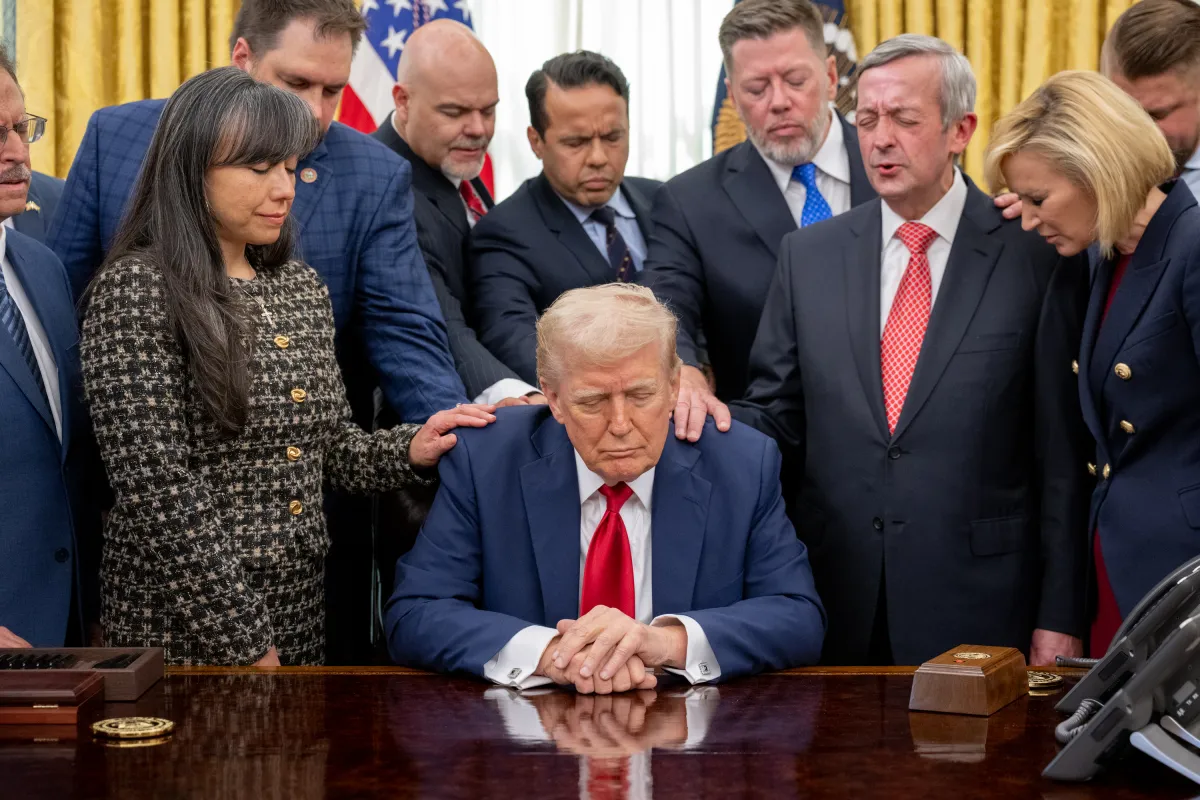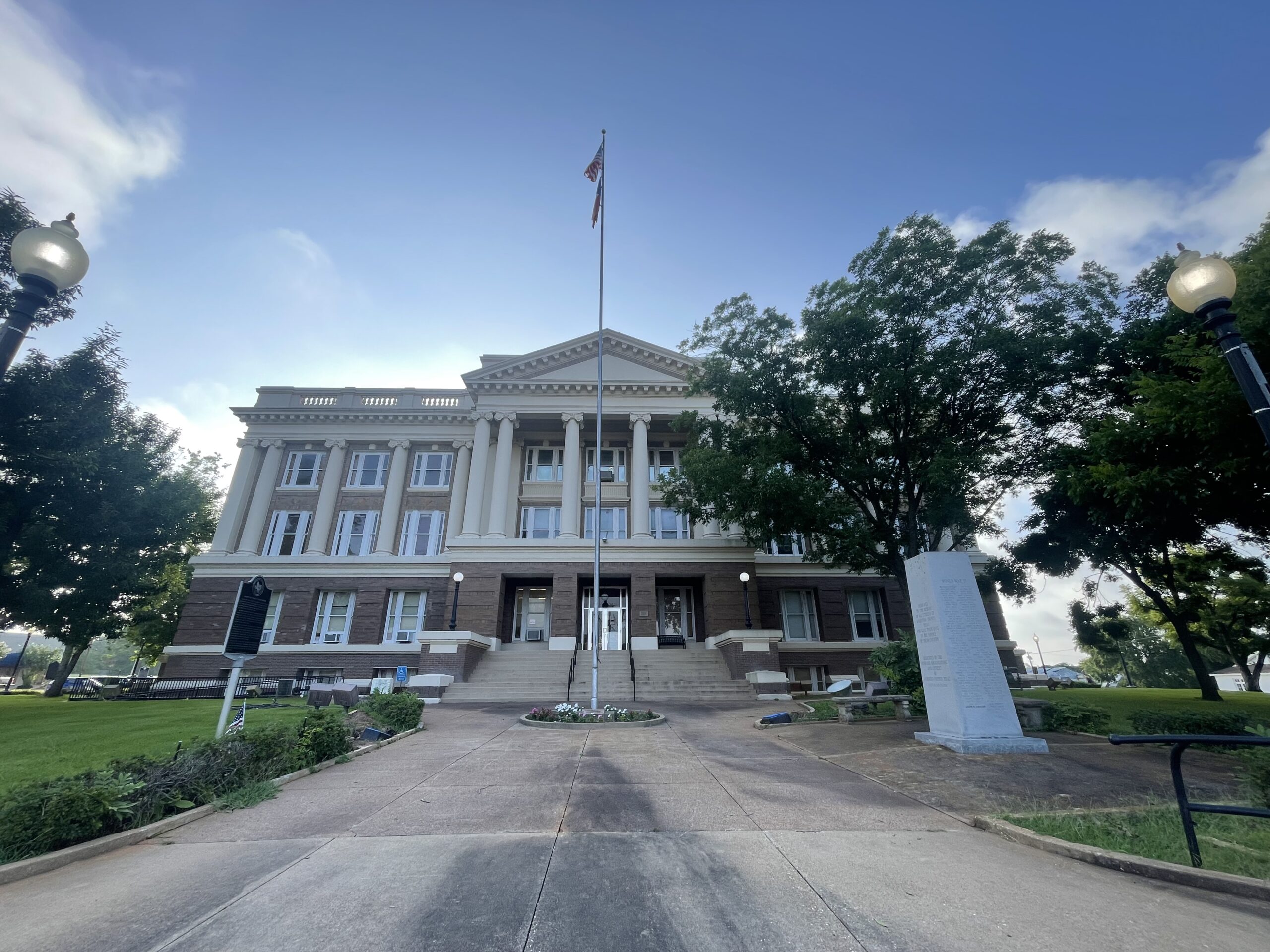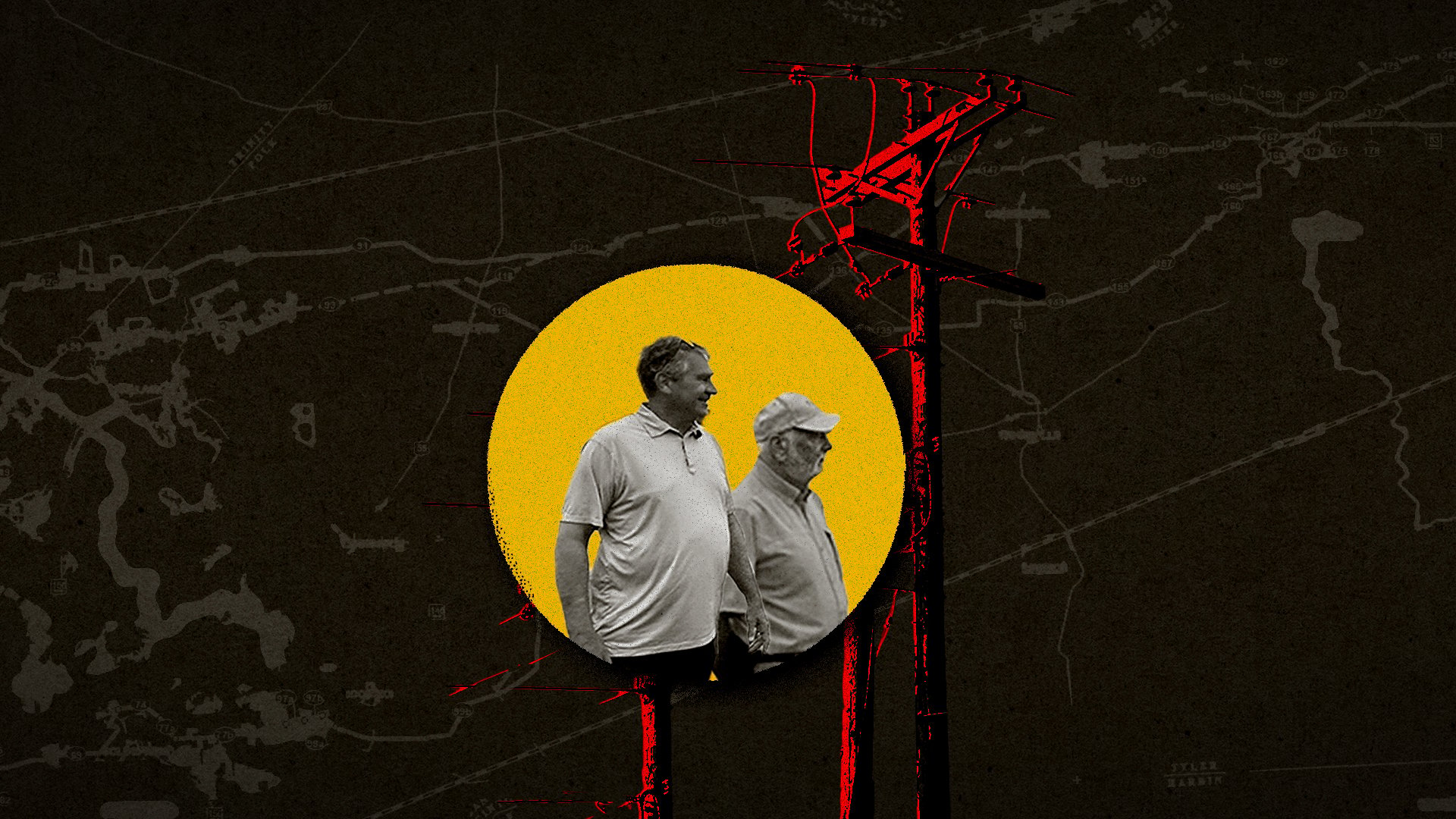Book Review
When Peter Met Dennis
The Revolutionary American Films of the Seventies

Yet the first sentence of It Don’t Worry Me refers to Easy Rider as “the film that helped liberate American cinema.” Ryan Gilbey, a British critic who was born, like Cat Ballou, Dirty Harry, and Diamonds Are Forever, in 1971, views the American films that emerged during the 10 years following Easy Rider as accomplices in that liberation. But the very title of his study, lifted from a Keith Carradine song performed at the conclusion of Robert Altman’s Nashville (1975), contradicts his thesis. “You may say that I ain’t free,/ but it don’t worry me,” croons Barbara Harris’ Albuquerque, a character resigned to melodious desperation. Alfred E. Neuman’s mantra of insouciance—”What, me worry?”—is alien to Jefferson, Danton, and Mao. Americans had much to worry about during the decade of the Kent State massacre, Watergate, oil shortages, and the Iranian hostage crisis, but it was an era of reaction more than revolution. Airport, Death Wish, and Earthquake were opiates not incendiaries, counter-revolutionary if not simply revolting, and even the ’70s films that Gilbey most adores—The Godfather, Annie Hall, and Close Encounters of the Third Kind—were neither politically nor aesthetically radical. It Don’t Worry Me is worth reading for its spry style (George Tipton’s score for Badlands “sounds like cherry blossom riding a Breeze”), incidental insights (Coppola is “a director who could use a more devout faith in stillness”), and palpable passion for his subject—but not for its talk about revolution.
The book consists of ten autonomous chapters, each devoted to one director: Francis Ford Coppola, George Lucas, Steven Spielberg, Terrence Malick, Brian De Palma, Robert Altman, Stanley Kubrick, Woody Allen, Jonathan Demme, and Martin Scorsese. Gilbey is an unregenerate auteurist who proceeds on the premise that the director is most responsible for a movie’s style and vision. Even without seeing the credits, most viewers can distinguish the work of Allen from that of De Palma or Spielberg. But auteurism is particularly problematic for the films the book singles out for study because the same writers, cinematographers, actors, and set designers often worked with more than one of Gilbey’s directors. Jack Fisk served as production designer for Malick’s Badlands and Days of Heaven as well as for De Palma’s Carrie. Gordon Willis was cinematographer for many Allen comedies as well as The Godfather films. John Milius wrote screenplays for Coppola and Spielberg, Willard Huyck and Gloria Katz for Spielberg and Lucas. Richard Dreyfuss, Robert DeNiro, Robert Duvall, and Diane Keaton each appeared in films by more than one of these directors. If the collective oeuvre of the ten directors exhibits any “revolutionary” qualities, might it be due in part to the cast and crew they shared?
Gilbey concedes that “there’s a streak of moral conservatism in Altman’s work,” and he quotes Allen’s explanation for why Annie Hall proved so popular: “It was the reinforcement of the middle-class values.” So his decision to focus on Allen, Altman, and the other eight directors as makers of “revolutionary” films seems at least curious. Perhaps it is merely relative. Gilbey contrasts his ’70s pantheon with “the cobwebbed conservatives—Blake Edwards, Arthur Hiller, Franklin J. Schaffner—who were about to be rendered obsolete by the new generation of Hollywood visionaries.” Gilbey’s Magnificent Ten were all under 35 when the decade began, and all created work that he claims “altered the landscape of modern cinema.” Yet John Cassavetes, Barbara Kopple, and Frederick Wiseman, also active in the seventies, were not mere landscape gardeners. Though Gilbey’s selected directors were young, gifted, and successful, Kenneth Anger, Stan Brakhage, Samuel Fuller, Sidney Lumet, Arthur Penn, D. A. Pennebaker, Nicholas Ray, and Andy Warhol had already started the revolution without them.
Gilbey traces how the careers of three of his directors—Coppola, Demme, and Scorsese—evolved out of apprenticeship to Roger Corman, the schlockmeister of quick, cheap genre flicks. So, especially in the 1970s, his disciples’ creativity (e.g., The Godfather, Caged Heat, and Boxcar Bertha, respectively) consisted of reconfiguring popular formulas, not reinventing the language of cinema. Is it more radical to write a 15-line sonnet than free verse? De Palma is a cunning manipulator of audience expectations, but it is hard to think of the man who extended the Hitchcock franchise by directing Sisters, Obsession, and Carrie as leading an insurrection. Allen’s first success at not merely recording shtick but conceiving work cinematically, Annie Hall, was an artistic breakthrough for him personally, but one has to wait another decade, for Zelig (1983) and The Purple Rose of Cairo (1985), to find him exploring the medium in genuinely innovative ways. Kubrick’s most revolutionary films, Spartacus (1960), Lolita (1962), Dr. Strangelove (1968), and 2001: A Space Odyssey (1968), belong to the 1960s. He made only two films, A Clockwork Orange and Barry Lyndon, during the 1970s, after abandoning the United States for England, and is an odd choice as icon for American filmmaking in that decade. Malick also made only two—extraordinary—films during the 1970s, Badlands and Days of Heaven, and if they heralded a new direction in American cinema, it is one that Malick himself, unproductive until 1998, when he bungled The Thin Red Line, failed to follow. Altman can hardly be blamed for the fact that crosscutting among multiple narratives has hardened into a cliché, even—and especially—in his own films. Several of Gilbey’s directors created honorable and inventive work (Eyes Wide Shut, Schindler’s List, Raging Bull) after the ’70s, but anyone seeking the spirit of Easy Rider has to wait 20 years, until Sundance and the indie movement.
Nor does Gilbey’s epithet for Lucas, “an accountant with a camera,” do much to reinforce his thesis that he and his generational cohort revolutionized American film. Gilbey himself portrays Lucas as more entrepreneur than artiste, and it is fitting that after the 1970s Lucas lost interest in directing and, retreating to his Skywalker Ranch, concentrated on packaging projects for others to carry out. Lucas’s Star Wars (1977) and Spielberg’s Jaws (1975) pioneered the blockbuster, the movie as heavily hyped event. The ingenious, lavish special effects that they made a prerequisite for “major” motion pictures have less in common with the revolutionary designs of Bauhaus architects than with the fascist structures of Albert Speer.
Feature releases are certainly marketed and exhibited differently now than they were before the generation of 1970 made its mark. But only corporate minions, not cinematic sans-culottes, would have fought to establish a rigid system in which success is defined by the opening weekend’s gross and sought through formulas and sequels. Most of Gilbey’s directors were faithful servants of the consumer culture that was spawning the new shopping-center multiplexes of the 1970s. Gilbey’s hyperbolic description of cinema, as “this most fluid and democratic of art forms,” ignores jazz, the music of the underclass, and poetry, available to anyone with a pencil and a scrap of paper. A mass audience does not in itself make either Star Wars or Nazi oratory an instrument of democracy.
“My romantic idea is to be part of an American New Wave,” Gilbey quotes Coppola as saying in 1972. Not only did American cinema of the 1970s not succeed in fostering a bold new movement of defiant experimentation, but it choked the last breaths of the French Nouvelle Vague and snuffed out independent film elsewhere in the world. The entrepreneurial genius of Lucas and others has created global hegemony for Lethal Weapon, Spider-Man, Terminator, and other expensive Hollywood toys.
Some might call that revolution; I call it catastrophe. The history of American film in the 1970s is not just the familiar tale of talented young Turks morphing into aging jerks; it is their failure to be anything but janissaries in the first place.
Steven G. Kellman teaches comparative literature at the University of Texas at San Antonio. His most recent book, as editor, is Switching Languages: Translingual Writers Reflect on Their Craft (University of Nebraska Press).


